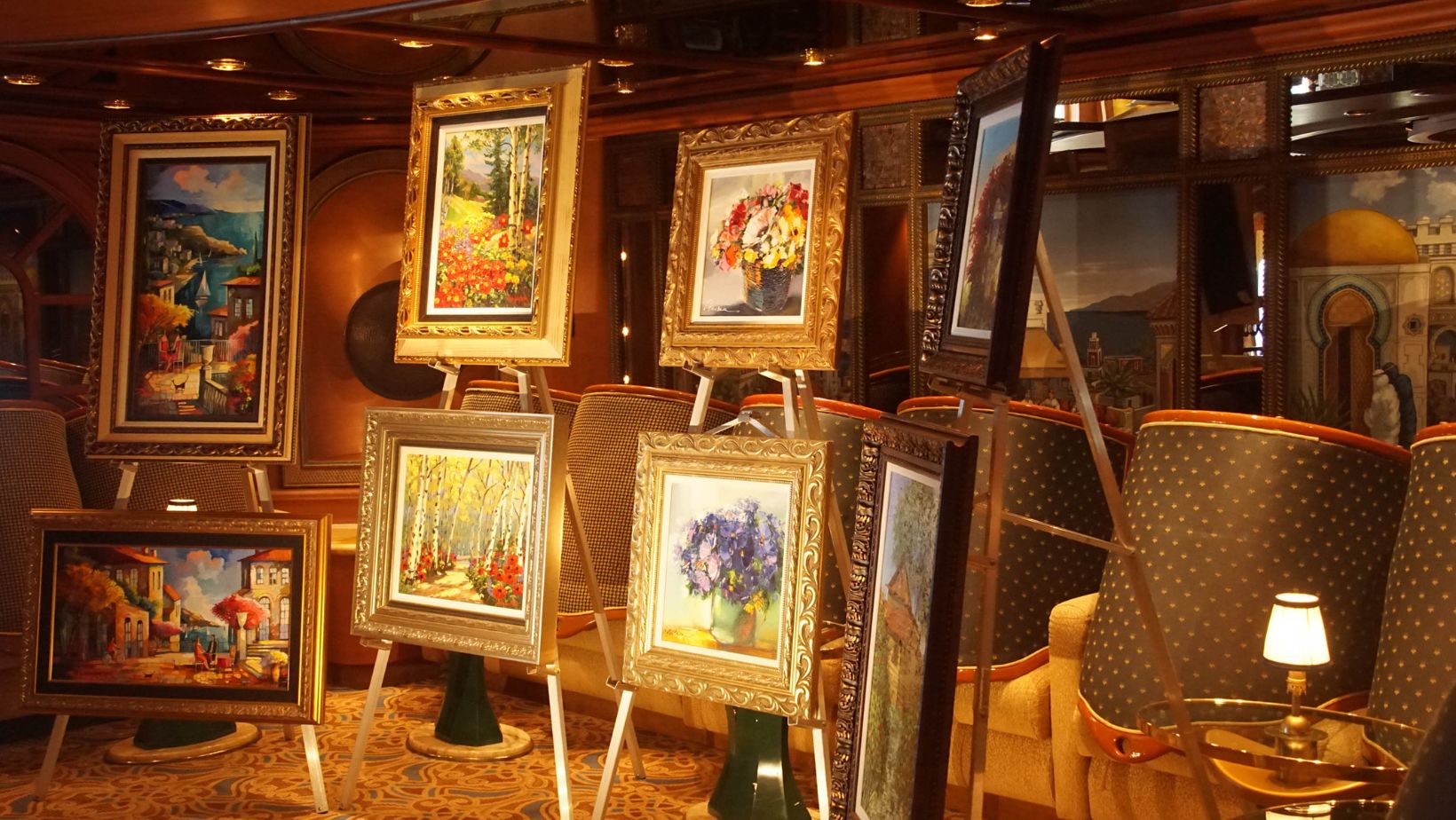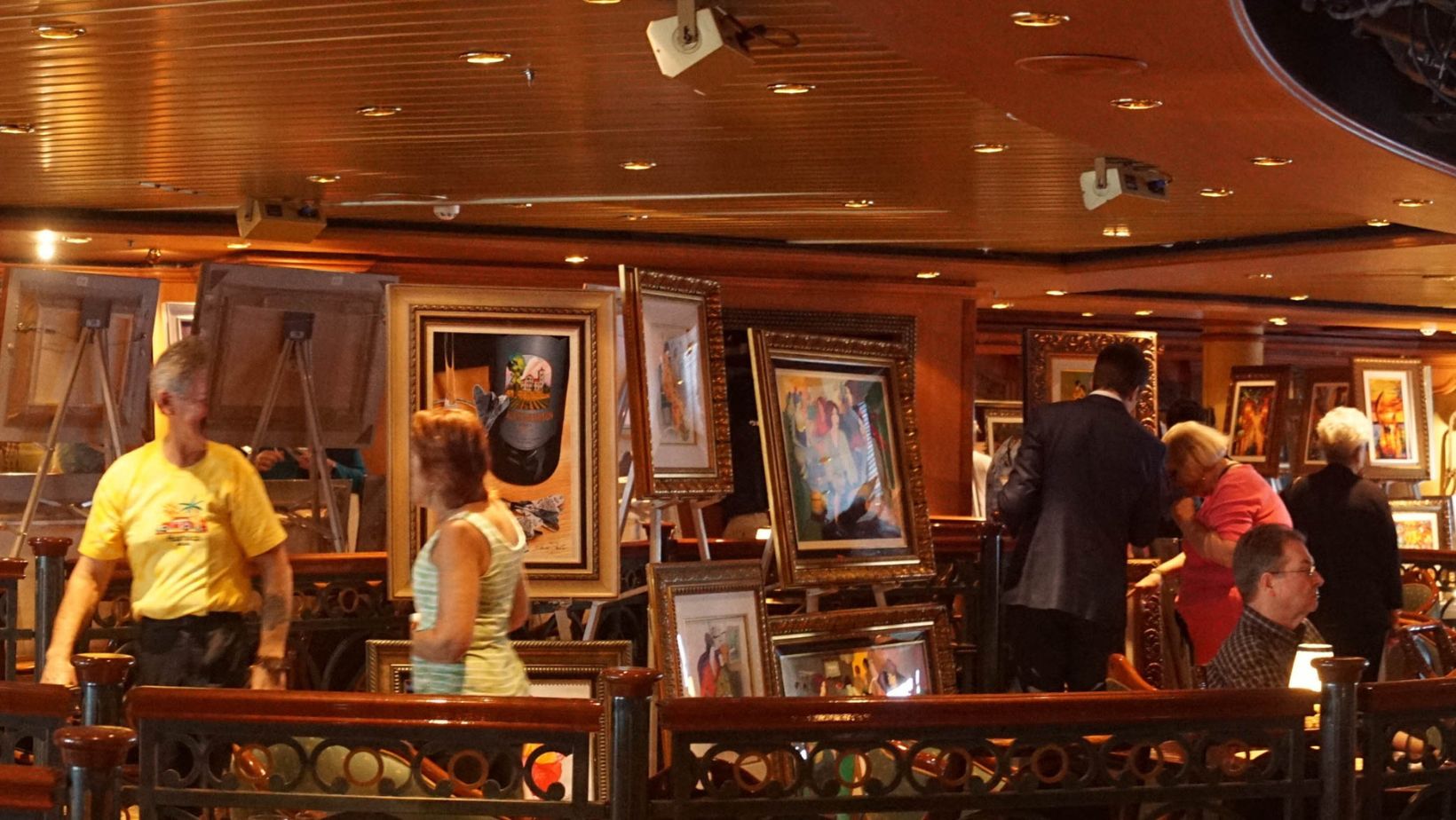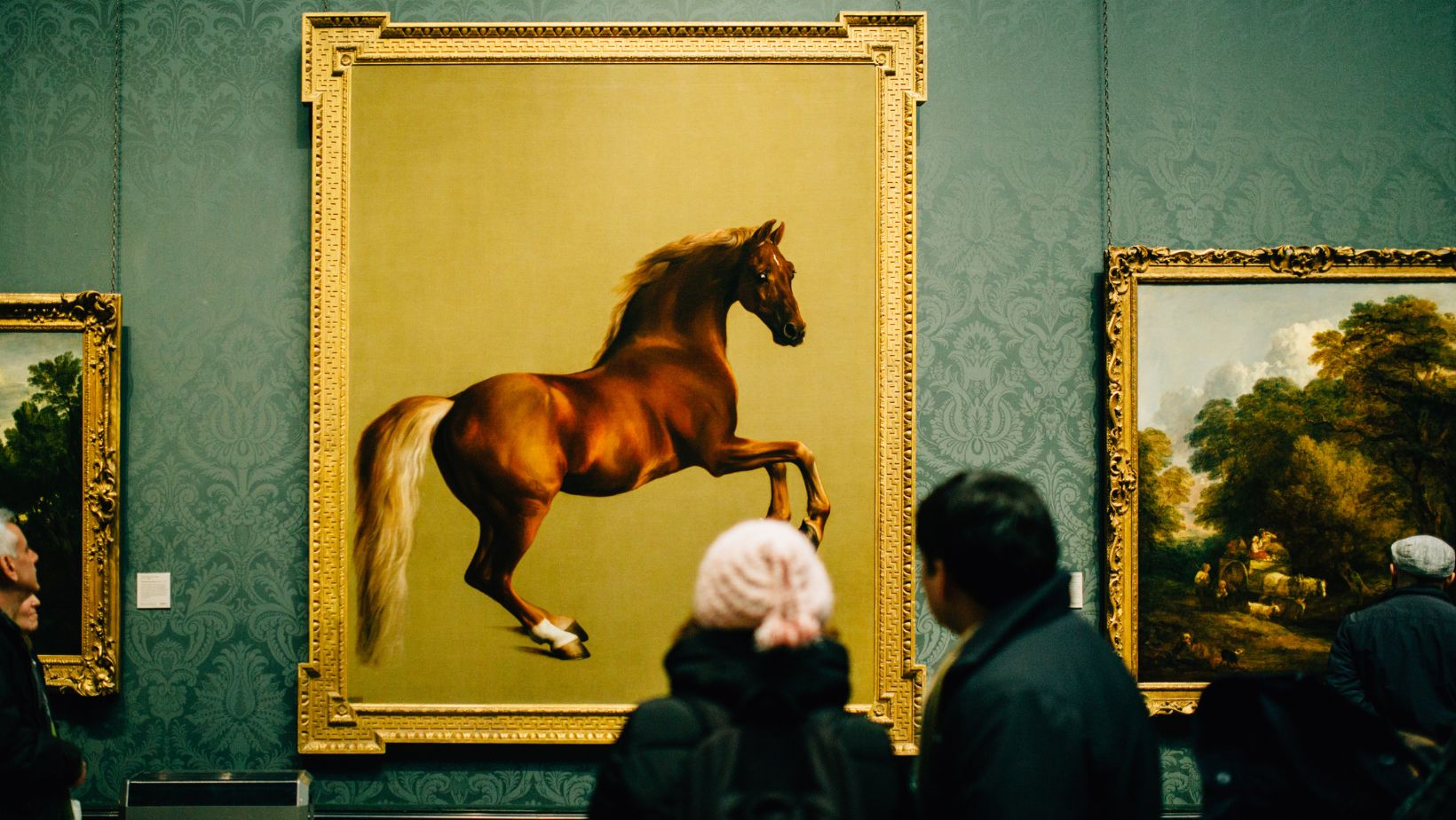Art collecting is not just a passion—it’s a prestigious mark of success. For high-net-worth individuals, fine art is more than decoration—it is an asset that will appreciate over time, enhancing portfolios and social status. Guaranteeing the security of these assets is of paramount importance.
With a rise in value comes increased risk. Advanced measures are now necessary to protect these prized collections from threats such as theft and environmental damage. By integrating sophisticated asset-tracking technologies, collectors can safeguard and catalog their investments, managing them with unprecedented ease and efficiency.
The Appeal of Fine Art as an Asset
Fine art is as much about aesthetic appeal as it is investment. As an asset, art elevates living spaces and serves as a testament to the collector’s acumen, offering cultural cachet and financial gain. The allure of adding a piece by Monet or Picasso to a collection goes beyond the canvas—it’s a visible symbol of affluence and discernment.
Fine art’s potential to appreciate in value adds a lucrative dimension to its desirability. Art has shown remarkable resilience as markets fluctuate, often outperforming traditional investments during economic downturns.
This resilience and value make it an attractive option for individuals looking to diversify their portfolios with something that both holds and increases in value. Recent high-profile acquisitions by well-known figures have set new records, underscoring the vibrant and dynamic nature of the art market. Such events keep the excitement of collecting art alive, connecting it with contemporary narratives of success and prestige.
Art also serves as a powerful tool in cultural diplomacy, promoting dialogue and understanding around the world. High-net-worth individuals often lend pieces from their collections to exhibitions and cultural institutions, playing a pivotal role in significant cultural exchanges. This capability amplifies the collector’s prestige and the global impact of their investment. To successfully navigate these gestures of goodwill, meticulous levels of care and security are required in an effort to preserve works and collections for future generations as symbols of international compassion and cooperation.
The Challenges of High-Value Art Collections
Owning valuable artwork comes with a unique set of challenges.
Theft is a prominent risk, especially as the value of art pieces skyrockets and they become targets for sophisticated criminals. This risk reminds us that even the most secure galleries and private collections are never immune to breaches.
The 2020 theft of Van Gogh’s The Parsonage Garden at Nuenen in Spring is a stark reminder of the risks of owning such priceless treasures. Enhanced security measures thus serve a dual purpose: They protect the physical assets and maintain the collector’s status within the elite community of art connoisseurs. Today, investing in high-level security is as much about safeguarding a financial portfolio as it is about upholding a legacy of cultural stewardship and elite status.

In addition to theft, art collections face jeopardy from environmental damage such as humidity, temperature fluctuations, and light exposure. These factors can degrade the most robust pieces over time, diminishing their aesthetic appeal and market value. Traditional security systems and environmental controls often lack the necessary protection against these sophisticated and diverse complications.
Fine art collections need solutions that comprehensively address these vulnerabilities. Keep art pieces safe from all manner of threats by leveraging advanced asset tracker technologies. This proactive approach preserves the art and maintains its appreciation trajectory, securing the collector’s investments far into the future.
Advanced Security and Asset Management of Fine Art Collections
The security and cataloging of high-value art collections remain pivotal, especially as the pieces appreciate value and exposure. Utilizing sophisticated asset-tracking technologies mitigates risks like theft and environmental damage and enhances the management of these assets, whether they are on display, in storage, or on loan.
For artworks stored in warehouses or special facilities, embedding tracking devices assures continuous monitoring and near real-time data on their condition. This system allows for immediate adjustments in storage conditions or alerting the managers of these facilities, preventing potential damage before it occurs. These tracking technologies play a necessary role for art pieces on loan to exhibitions or other cultural institutions. They provide peace of mind to the owners by offering location tracking and condition updates, assuring the art remains secure even when out of sight.

These sophisticated systems also protect your collection pieces when displayed in a primary residence, a vacation home, or even a seldom-used estate. This level of security is beneficial in places where collectors cannot always be present to oversee their valuable collections.
While it’s unlikely that guests would ever mistake a priceless painting for a souvenir, the truth is—if someone’s bold enough to swipe a hotel lamp or bath towel, who’s to say a small Picasso might not tempt them? It’s better to be safe and have your art securely monitored than to find your cherished pieces missing after a lively weekend gathering.
Lastly, such advanced systems can be instrumental during transit when art pieces are particularly vulnerable. Near real-time tracking and condition monitoring during transportation assures that any discrepancies in environment or unexpected detours are promptly addressed.
By integrating these technologies, collectors safeguard their investments and extend their legacy, assuring that each piece retains its intended impact and value wherever it is located.
Final Thoughts: Securing and Enhancing Fine Art Investments
Art collecting transcends decoration—it’s a strategic investment that demands stringent security measures and savvy management. The integration of advanced asset-tracking technologies protects and enhances the value of fine art collections by mitigating risks such as theft and environmental damage, assuring these pieces appreciate over time while maintaining their cultural and financial significance. This strategic approach preserves the art’s integrity and solidifies the collector’s legacy in an ever-evolving global art market.
















